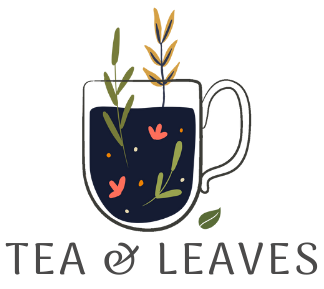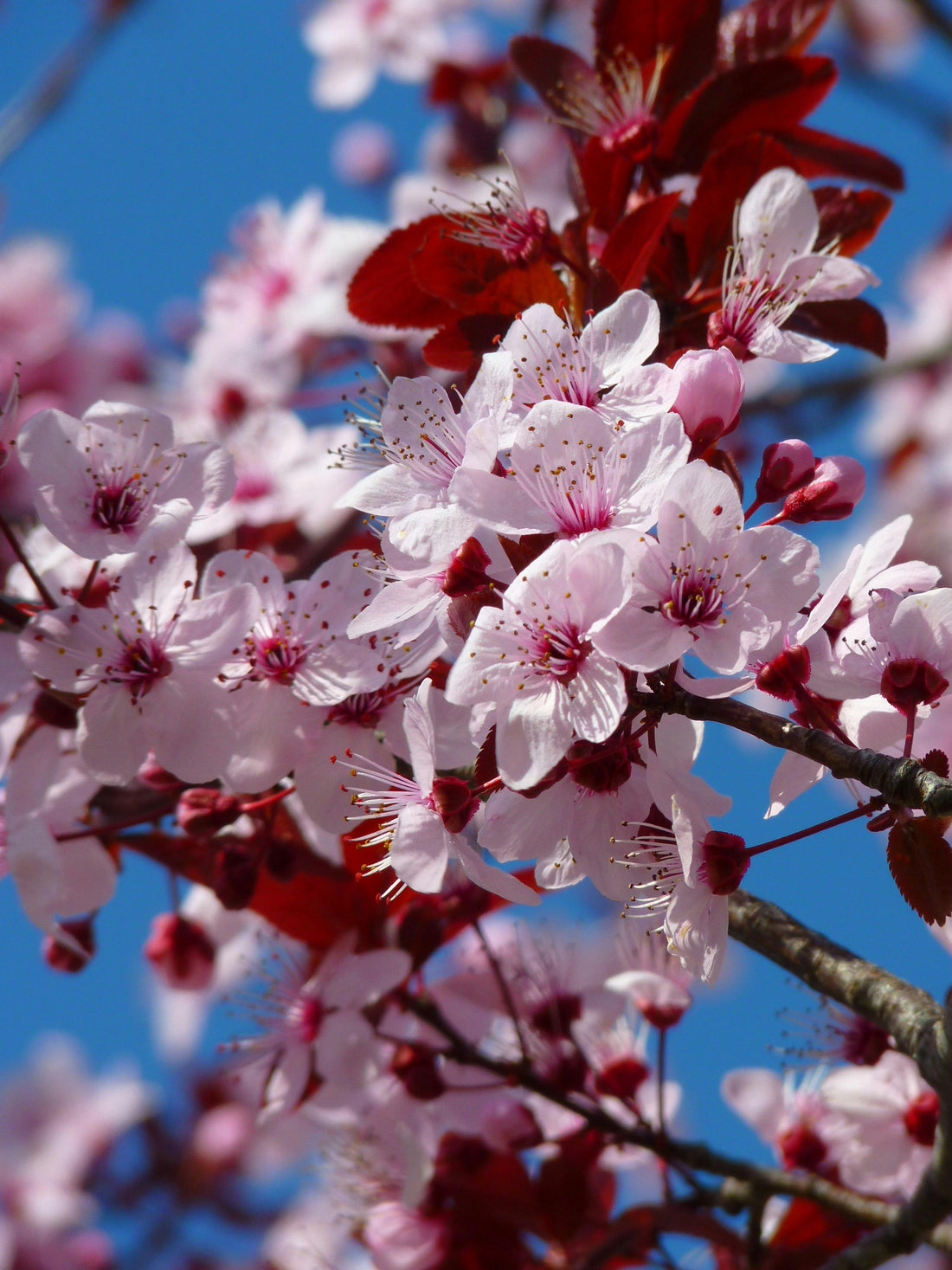April saw Britain’s National Tea Day, with World Tea Day coming up in May. Each culture around the world has a history painted with their unique medicinal, ceremonial, and traditional teas. Somehow, tea often represents an aspect of cultural identity. If there’s one thing that connects us all -could it be our love for tea? …
Jasmine -China
Jasmine tea holds a cherished place in Chinese tea culture, tracing its origins back over a thousand years to the Song Dynasty. The Fujian region is most well-known for growing Jasmine. The tea has a delicate, floral aroma and honey-sweet taste. Jasmine tea is typically made by infusing green or black tea leaves with freshly harvested jasmine blossoms as a fragrance, and rarely is the flower drunk alone.
Jasmine flower even holds a place in Traditional Chinese Medicine, where it’s used as a relaxant, mild sedative, gentle aphrodisiac, and ‘tonifying yang’.

Indian chai -India
‘Chai’ translates to ‘tea’ in India where Chai is not a flavour, but an ancient and persevering blend. Beyond its comforting taste, chai signifies India’s culture of hospitality, warmth, community, and the timeless connection between people and nature.
Traditional Indian chai was borne from ancient Ayurvedic medicinal traditions. Made from a blend of aromatic and medicinal spices such as cardamom, cinnamon, ginger, and cloves, and -traditionally- simmered with whole-milk and sweetener to encourage absorption of the beneficial compounds in the herbs. Later on in the history of Chai, black tea was added as the tea industry grew under colonial rule. Chai is a symphony of warm, comforting and medicinal flavours and aromas, and each family or region of India has its own special twist.
Cherry blossom- Japan
Every year, the cherished tradition of hanami sees the gathering of cherry blossoms. These cherry blossoms peak for just one week, painting the landscape in that famous soft-pink hue. Cherry blossoms hold great significance in Japanese culture and are often preserved in salt-pickles -a method dating back to the 18th-19th century just south of Tokyo. Cherry blossom tea is then made from the pickled blossoms and -steeped in hot water- has a subtle, floral fragrance and a gentle sweetness. The pickled cherry blossoms for tea are named ‘Sakuraya’, and are reserved for rare and symbolic occasions like marriages or births.

Elderflower -England
Elderflower is an ancient, prehistoric flower. In England, it has been used for centuries as an immune-tonic in various forms like cordials, teas, and tinctures. It was once known as ‘Englishman’s grape’ and is an essential part of England’s herbal medicine tradition for stimulating the immune system, supporting coughs, and relaxing the lungs and nerves.
Creamy elderflower tea is quintessential of England’s delicate, rural and traditional land. Made from the angelic, pale blossoms of the elder tree, elderflower tea offers a subtle yet enchanting floral aroma and a meadow-sweet heady flavour.
Rose -Middle East
Zhorat is a popular and traditional blend of herbs from the Middle East often including rose petals, oregano, mint, sage, fennel, and chamomile.
Roses seem to have evolved into a global symbol of love. The rouged, gentle rose tea holds an especially deep and symbolic meaning in the Middle-East of love, beauty, and hospitality. The tart ruby tea is often enjoyed as a soothing beverage to tie social gatherings together; its enchanting aroma, a story of history and a sense of warmth and connection.

Flowering tea + Chrysanthemum - China
We couldn’t talk about floral teas without touching on **the** flowering tea.
Perhaps the most stunning of all floral teas, blooming tea combines the artistry of tea making with the beauty of flowers. Originating from China, blooming tea was allegedly created by skilled artisans in a marketing effort, with each handcrafted tea ball resembling a delicate flower bud. These tea balls are meticulously composed of tea leaves and edible flowers, such as jasmine, globe amaranth, or chrysanthemum, bound together by cotton thread. When steeped in hot water, the tea ball gently unfurls, revealing a stunning bloom that releases its aromatic flavours and vibrant colours into the surrounding water.

To make the best floral teas, steep the flower for up to 5 minutes. Generally, floral teas last just one steeping as opposed to leaves or bark as the compounds are so delicate and easily absorbed.
Tea -from the international favourite Camellia sinensis that makes black tea and green tea, to the growing popularity of Japanese matcha, and South African rooibos- seems to be a thread of culture that we all share, and floral teas are perhaps the most delightful and symbolic way of celebrating this.
Happy World Tea Day! Let us know your favourite flowering tea!

